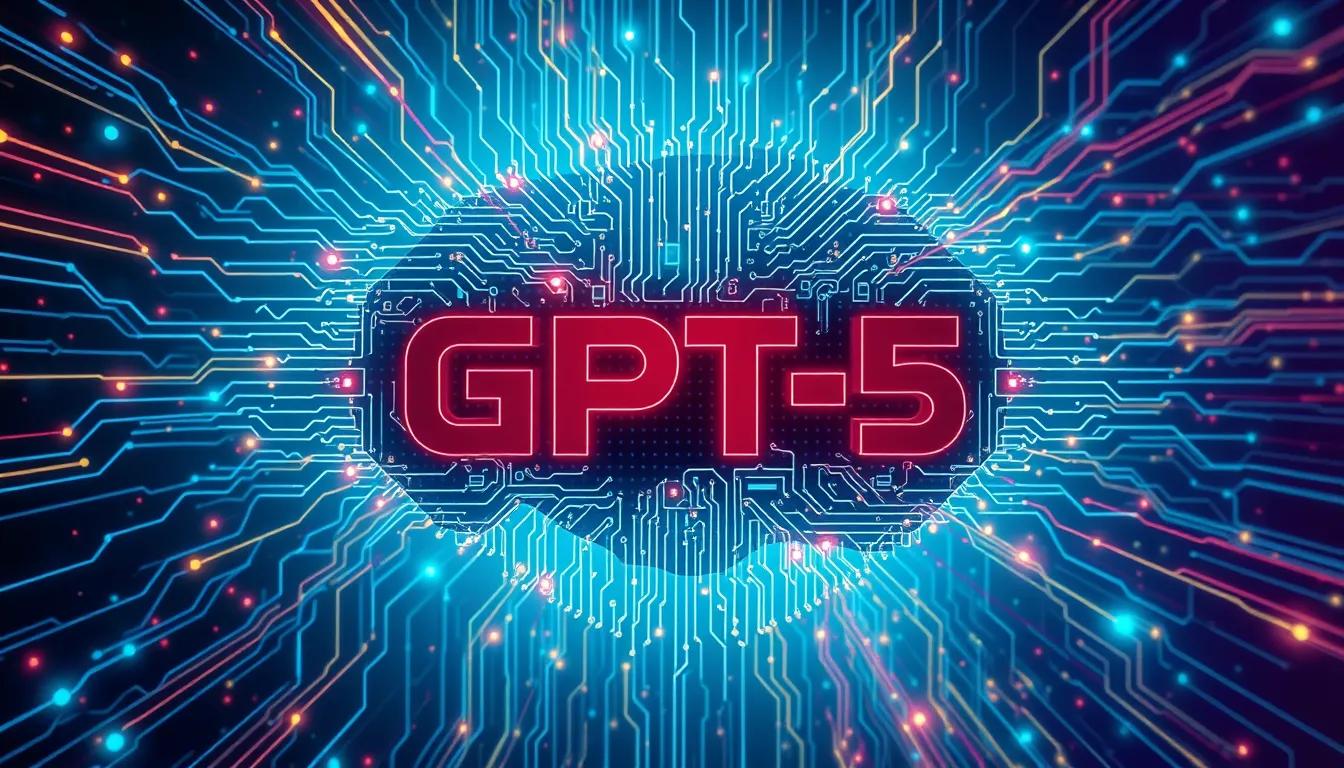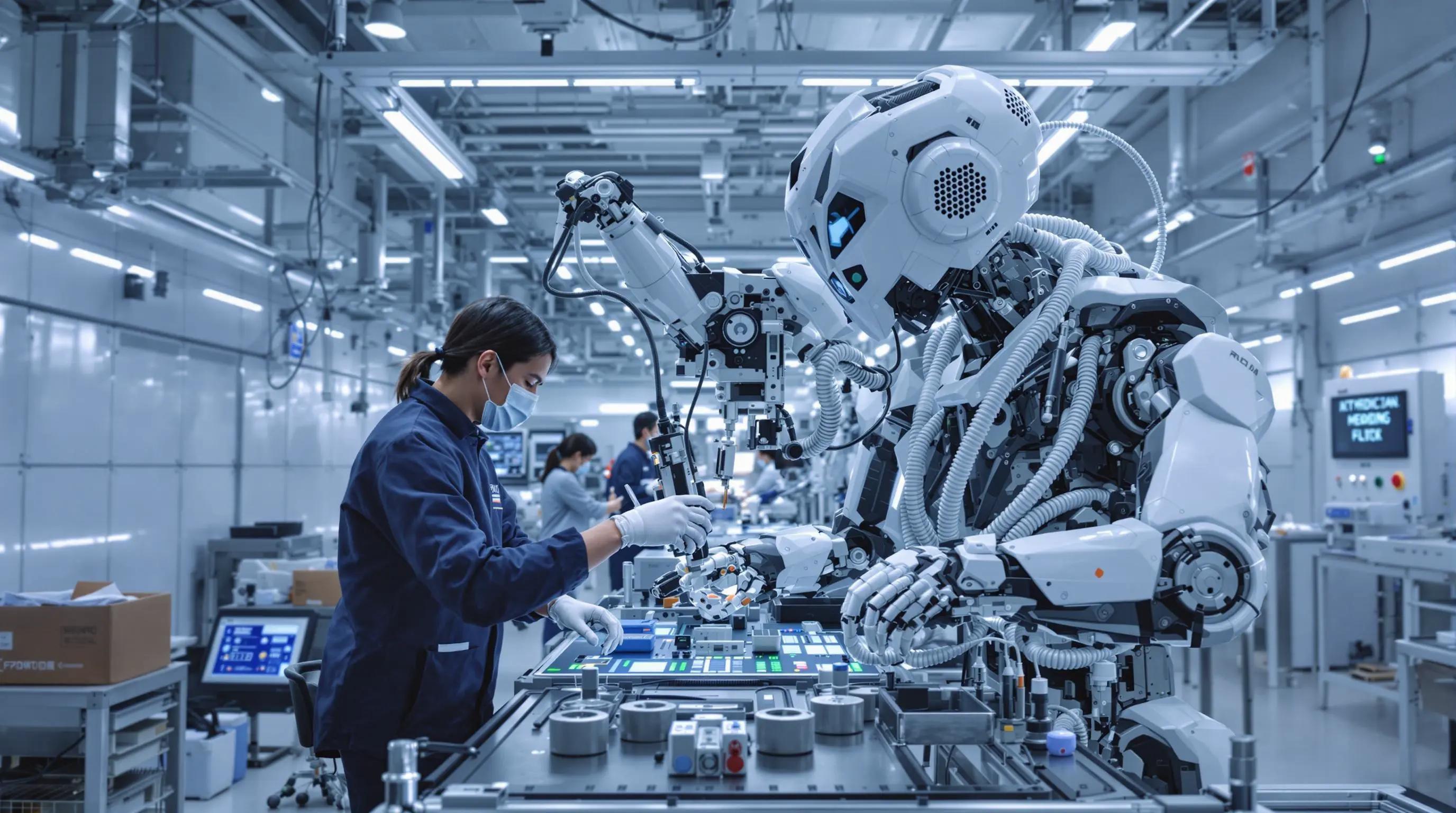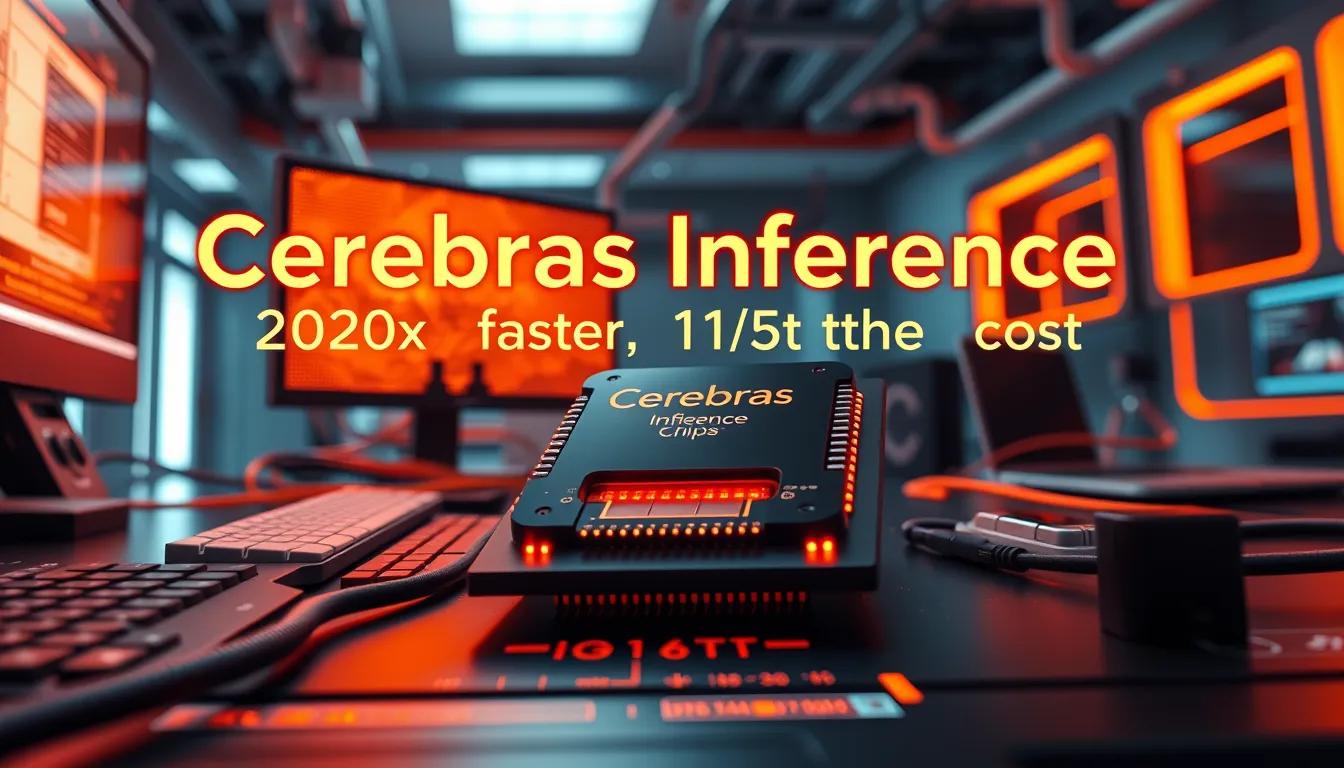September 10, 2024|11 min reading
Everything You Need to Know About GPT-5: The Future of AI

Artificial intelligence (AI) continues to redefine the boundaries of technology, and OpenAI’s latest development, GPT-5, promises to set a new standard in this field. With a projected launch by the end of 2024, GPT-5 is expected to outpace its predecessor, GPT-4, in terms of processing power, multimodal capabilities, and overall intelligence. In this comprehensive article, we delve into all aspects of GPT-5, from its anticipated improvements to the underlying innovations, and explore what the future holds for AI.
What is GPT-5?
GPT-5, or Generative Pre-trained Transformer 5, represents the fifth iteration of OpenAI’s groundbreaking series of language models. Each version in this series has surpassed its predecessor in terms of intelligence, speed, and the ability to understand and generate human-like text. GPT-5, as suggested by Sam Altman, CEO of OpenAI, will not only be more intelligent but also more reliable and capable of performing complex tasks with greater accuracy.
During an interview at the World Government Summit in January 2024, Altman likened the current state of AI to the early days of mobile phones, with GPT-4 being comparable to the "first mobile phone with a black-and-white screen". In contrast, GPT-5 is expected to bring AI closer to the sophistication and versatility of modern smartphones, unlocking functionalities that we can hardly imagine today.
Key Differences Between GPT-4 and GPT-5
While GPT-4 was a substantial leap in AI technology, GPT-5 is poised to deliver even more significant advancements. Some of the most notable differences include:
Increased Intelligence and Reasoning Capabilities
OpenAI has consistently pushed the boundaries of what AI can achieve, and with GPT-5, intelligence and reasoning are set to reach unprecedented levels. Altman emphasized that GPT-5’s reasoning ability would be a key upgrade, enhancing the model’s capacity to solve complex problems, understand nuanced context, and provide more accurate answers.
Where GPT-4 had limitations in reasoning and sometimes struggled with more intricate logical challenges, GPT-5 is expected to tackle these with much greater efficiency. This leap in reasoning is fundamental to advancing the reliability and applicability of AI in fields such as medicine, law, and scientific research.
Enhanced Multimodal Capabilities
GPT-5 is expected to expand its multimodal capabilities even further. GPT-4 introduced impressive multimodal features, allowing it to interpret and generate text, audio, and images. GPT-5 is expected to add video processing capabilities to this list, marking a major leap toward comprehensive AI interaction across multiple media formats.
Multimodal capabilities are essential for AI to move beyond text-based interactions. With GPT-5, users will likely experience more natural and seamless conversations, where the AI can understand and respond to spoken words, analyze images, and even process and generate short video clips, making it a versatile tool for creative industries, customer service, and more.
Increased Parameter Size and Data Set
Another key difference is the anticipated increase in parameter size, which refers to the number of weights and biases in the neural network that the model uses to process and generate information. While GPT-4 operates with approximately 1.5 trillion parameters, early estimates suggest that GPT-5 could have between 2 to 5 trillion parameters, which would exponentially increase its learning capacity and ability to understand complex inputs.
OpenAI has also been focusing on expanding the dataset used to train GPT-5. By incorporating a wider range of publicly available data and purchased datasets, GPT-5 will be better equipped to handle diverse tasks and domains, improving its accuracy and relevance across various industries.
GPT-5’s Increased Reliability
One of the primary criticisms of GPT-4 was its occasional inconsistency in providing reliable information, often giving varied or incorrect responses to the same question. With GPT-5, OpenAI aims to eliminate these issues, making the model more dependable for both casual and professional use.
Altman has acknowledged the importance of increasing the reliability of AI models. GPT-5 is expected to achieve this by implementing improved training methods, enhanced fine-tuning processes, and more stringent error-checking protocols. This will result in fewer instances of "hallucinations" or incorrect outputs, which have been a concern with previous models.
The Evolution of Reasoning in GPT-5
GPT-5’s enhanced reasoning capabilities are expected to be one of its standout features. This will allow the AI to better understand the complexities of user queries, analyze multiple layers of context, and offer more nuanced and precise solutions. Whether it’s solving advanced mathematical problems or helping with intricate legal cases, GPT-5’s improved reasoning skills will set it apart from its predecessors.
Reasoning is a cornerstone of AI development, and the ability to simulate human-like logical thinking is a significant step toward creating AI systems that can perform tasks traditionally reserved for human experts. For industries such as finance, law, healthcare, and education, GPT-5's reasoning enhancements could lead to transformative applications.
Multimodal Advancements with GPT-5
OpenAI has been leading the charge in making AI more interactive across different media. GPT-4 introduced the ability to process images and audio alongside text, marking the first steps toward true multimodality in AI. GPT-5 is set to take this a step further, with the ability to handle video inputs, generate video content, and process complex audio-visual data.
The integration of video processing means that GPT-5 could revolutionize fields such as video editing, animation, and film production. Additionally, it opens up possibilities for more dynamic customer service solutions, interactive educational tools, and even virtual reality applications.
Personalization and Customization in GPT-5
Another significant development with GPT-5 is the focus on personalization. As AI becomes more integrated into everyday life, users are seeking more personalized experiences. GPT-5 will allow for greater customization, enabling users to tailor the AI’s responses, tone, and style to fit specific needs or preferences.
OpenAI has already introduced "Custom GPTs", allowing users to configure the model for specialized tasks, such as teaching a specific subject or assisting with personal projects. This trend is expected to grow with GPT-5, offering users more control over how the AI interacts with them and the types of responses it generates.
The Launch of Project Strawberry
A mysterious project known internally as "Project Strawberry" is rumored to be part of the development of GPT-5. According to reports, Strawberry is a groundbreaking initiative designed to improve the AI’s ability to autonomously navigate the internet and conduct deep research. This feature would allow GPT-5 to perform complex information-gathering tasks independently, a significant departure from the current capabilities of AI models.
While details on Project Strawberry remain scarce, insiders have suggested that it could be a game-changer for industries reliant on large-scale research and data analysis, such as academia, journalism, and business intelligence.
GPT-5's Anticipated Release Date
While the exact release date for GPT-5 remains unclear, OpenAI has hinted at a 2024 launch. According to OpenAI's Chief Technical Officer Mira Murati, GPT-5 is expected to be unveiled by the end of 2024 or early 2025, following extensive testing and fine-tuning to ensure its reliability and safety.
OpenAI has been cautious in its development timeline, ensuring that each new iteration of GPT is both groundbreaking and secure. This approach has helped OpenAI maintain its leadership position in the AI industry, setting a high bar for future innovations.
The Cost of Using GPT-5
As with previous models, GPT-5 will likely be available through OpenAI’s subscription-based model. Users can expect GPT-5 to be part of the premium offering, similar to how GPT-4 is currently priced at $20 per month for individual users.
For enterprise customers using OpenAI’s API, the pricing for GPT-5 is anticipated to be higher than GPT-4 due to its increased capabilities and processing power. However, OpenAI has also made strides in making their models more affordable, with GPT-4o being priced more competitively for small businesses and individual users.
The Future of AI with GPT-5
GPT-5 represents not just the next step in AI evolution, but a giant leap toward the future of human-computer interaction. With enhanced intelligence, multimodal capabilities, and customization features, GPT-5 is poised to revolutionize industries across the board. From customer service chatbots to advanced research tools, the possibilities with GPT-5 are virtually endless.
As AI becomes more integral to daily life and work, GPT-5 will likely become a cornerstone of this new era, offering unprecedented power and flexibility to individuals and businesses alike.
FAQs
What are the main improvements of GPT-5 over GPT-4?
GPT-5 will feature increased intelligence, enhanced reasoning capabilities, more multimodal functionality (including video processing), and better reliability.
When will GPT-5 be released?
While no official date has been confirmed, OpenAI expects to launch GPT-5 by the end of 2024 or early 2025.
How much will GPT-5 cost?
Pricing details are not yet confirmed, but GPT-5 is expected to be available for a premium subscription, similar to GPT-4’s pricing model.
What is Project Strawberry?
Project Strawberry is rumored to be part of GPT-5’s development, focusing on autonomous internet navigation and deep research capabilities.
Will GPT-5 be more reliable than GPT-4?
Yes, GPT-5 is expected to improve reliability by reducing errors and inconsistencies, making it more dependable for users.
What industries will benefit most from GPT-5?
Industries such as healthcare, law, education, finance, and entertainment are likely to benefit significantly from GPT-5’s enhanced capabilities.
Explore more

NVIDIA and Japan: Driving the AI Revolution in Industry
Explore NVIDIA's role in Japan’s AI revolution, from AI agents to robotics, reshaping industries and powering innovation...

AI Translation Glasses: Breaking Language Barriers with Augmented Reality
Discover how AI translation glasses are transforming real-time communication with instant language translation, powered ...

Cerebras Inference: Revolutionizing AI with Unprecedented Speed and Cost Efficiency
Discover how Cerebras Inference offers the world’s fastest AI inference solution, 20x faster than GPUs, revolutionizing ...
